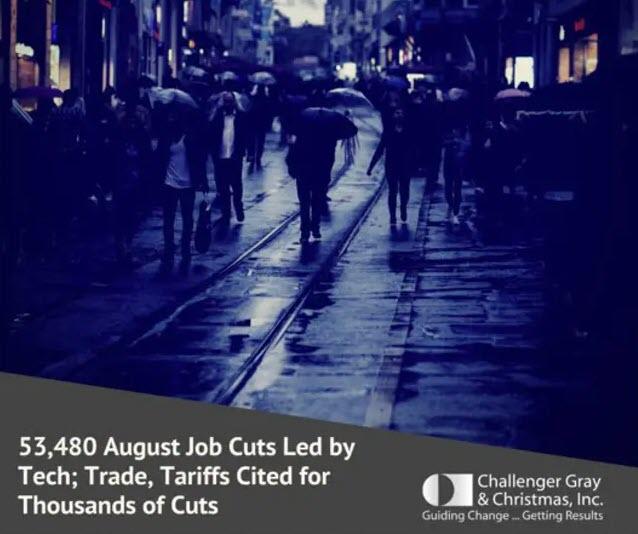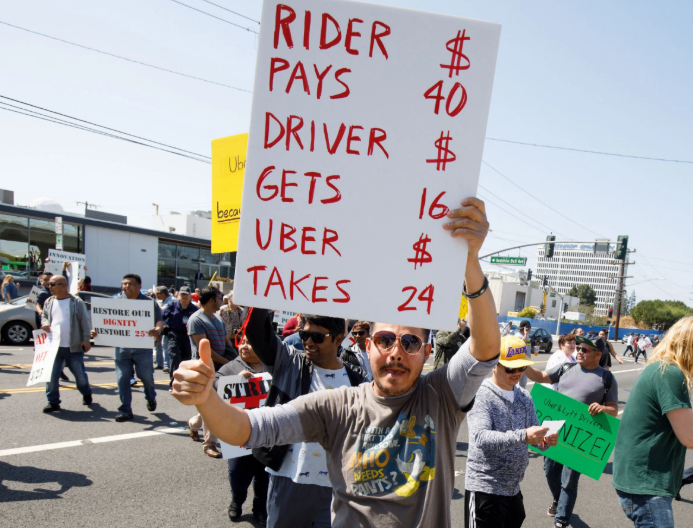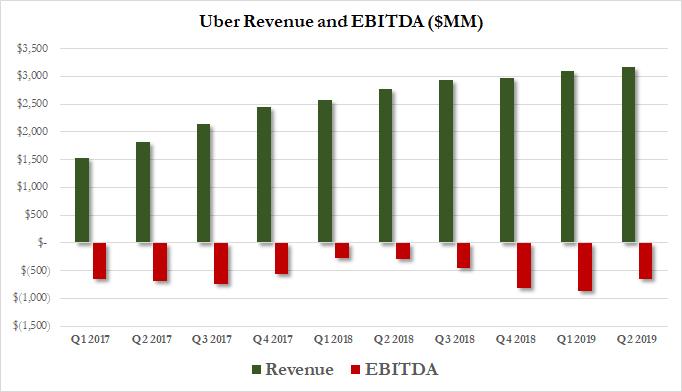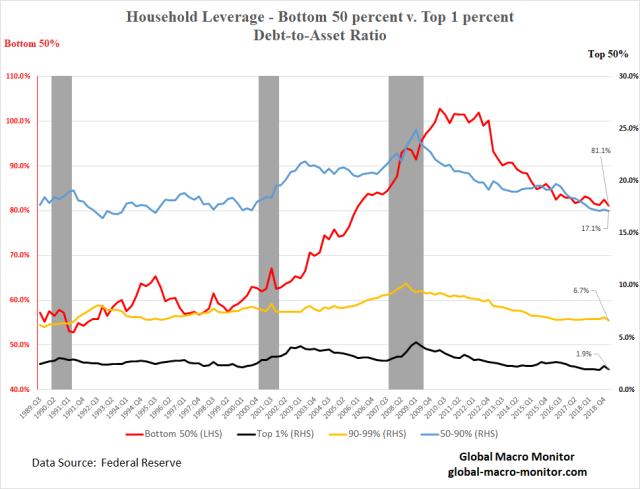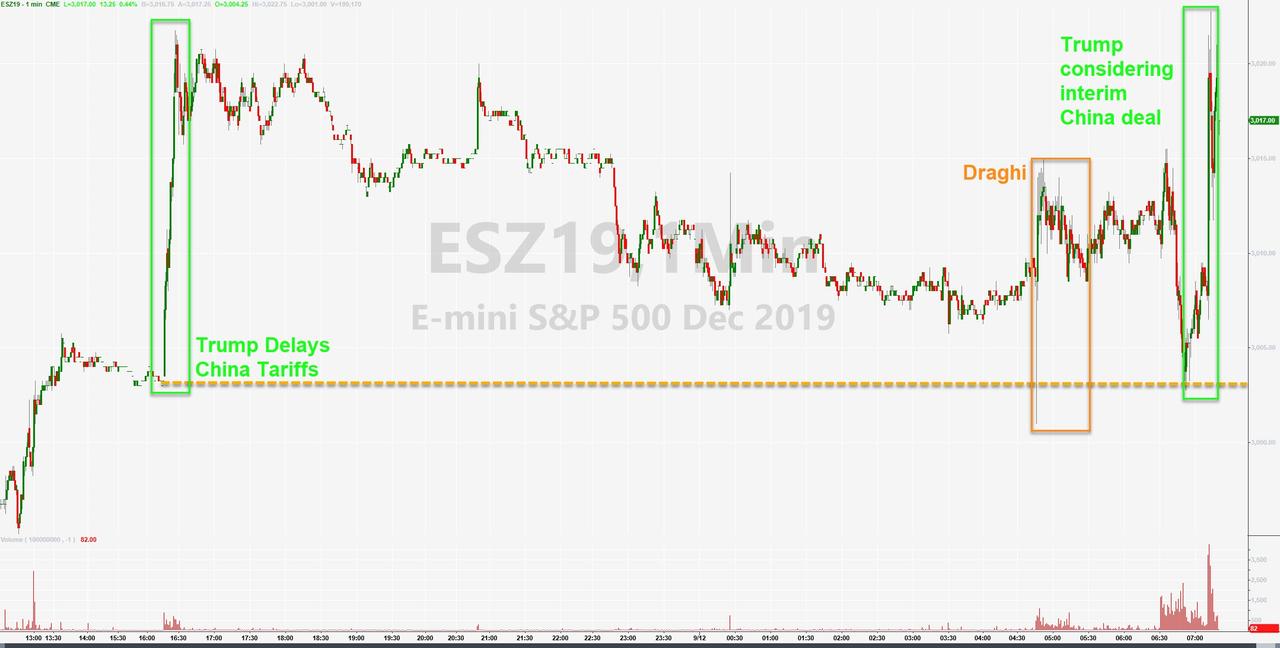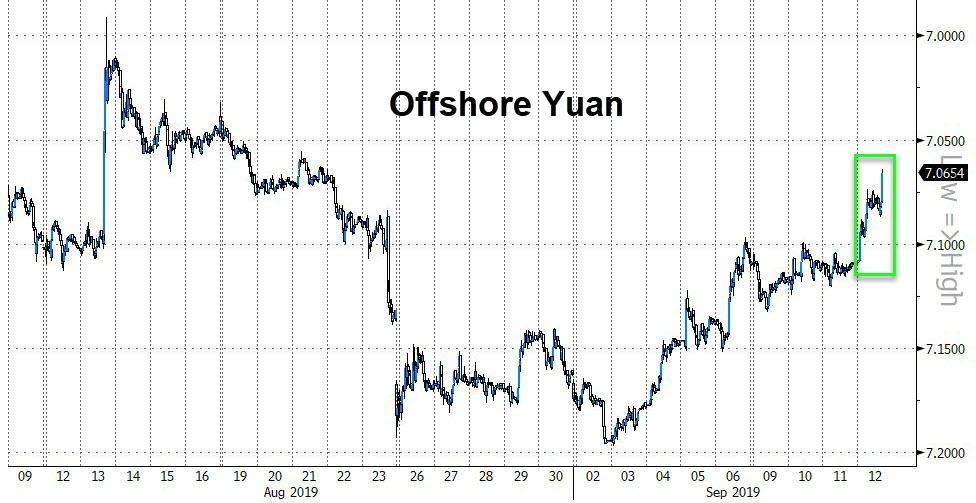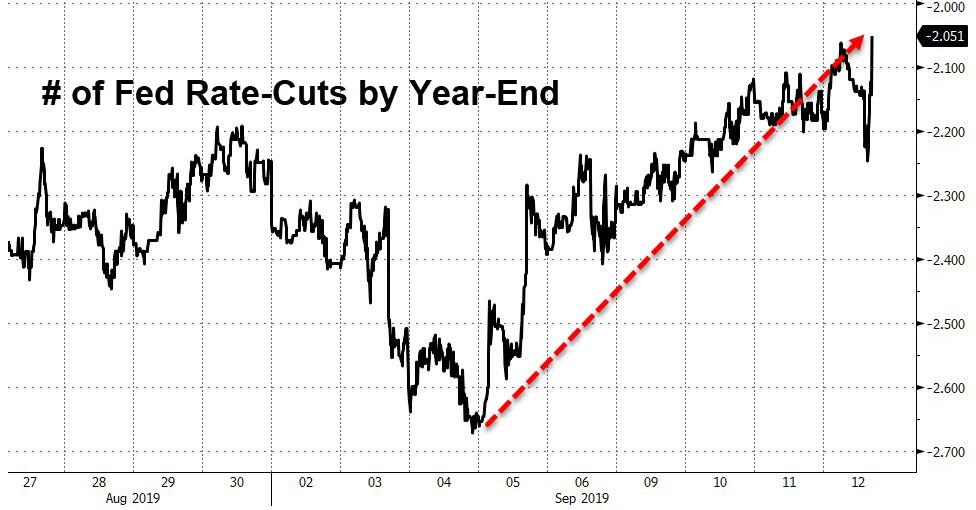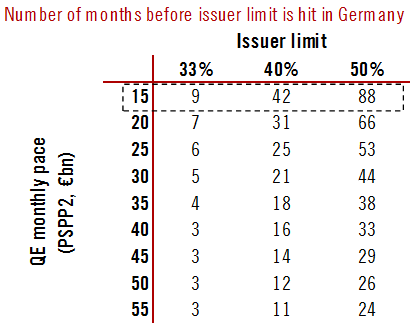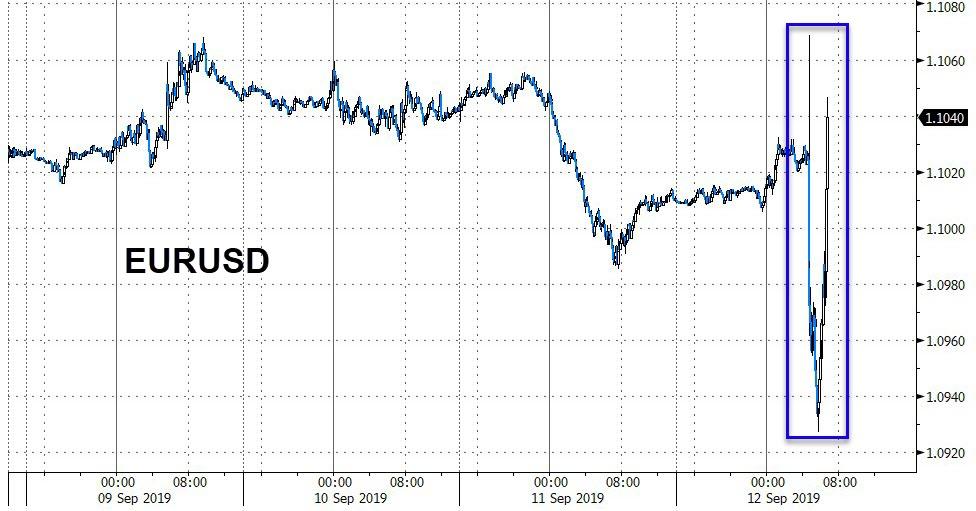CEOs Abandon Ship: Record 159 Chief Exec Exits In August As Overall Layoffs Surge
Authored by Mike Shedlock via MishTalk,
Reports by Challenger, a global outplacement and business firm, shows record CEO churn and growing corporate layoffs.
Overall Layoffs a Growing Concern
The August Challenger report says 53,480 Announced Cuts Led by Tech, Trade Issues a Growing Concern
U.S.-based employers ramped up the pace of downsizing in August, as companies announced plans to cut 53,480 jobs from their payrolls. This is up 37.7% from July’s total of 38,845, according to the latest report on job cuts released Thursday from global outplacement and business and executive coaching firm Challenger, Gray & Christmas, Inc.
August’s total is the fourth highest for job cuts this year, and marks the eighth consecutive time job cuts were higher than the corresponding month one year earlier. Last month’s total was the highest August total since 2009, when 76,456 cuts were recorded.
The August total is 39% higher than the 38,472 cuts announced in August 2018. So far this year, employers have announced plans to cut 423,312 jobs from their payrolls, up 36.2% from the 310,773 cuts in the first eight months of 2018. It is the highest eight-month total since 2015, when 434,554 cuts were announced.
“Employers are beginning to feel the effects of the trade war and imposed tariffs by the U.S. and China. In fact, trade difficulties were cited as the reason for over 10,000 job cuts in August,” said Andrew Challenger, Vice President of Challenger, Gray & Christmas, Inc.
“We are continuing to see investor concerns shaking confidence in the market, and employers appear to be cutting workers in response to a slowdown in demand for their products and services,” he added.
Retail continues to lead all sectors in 2019 with 57,226 cuts, 2,059 of which occurred last month. That is 28% fewer cuts than the 79,478 announced in the same period last year. The Automotive sector has announced 36,148 cuts so far this year, the highest eight-month total since 2009, when 128,906 jobs were cut.
While job cuts are up in every region, companies located in the Southern United States have seen the largest jump in job cut announcements, as employers in this region have announced 53% more job cuts than through the same period last year: 90,337 compared to 58,964 in 2018. Companies in the Eastern United States had the second-largest percentage increase, with 46.6%, as employers in this region announced 119,689 cuts in 2019 compared to 81,616 last year
CEOs Abandon Ship
Via email from Challenger, 159 CEO Exits in August.
CHICAGO, September 11, 2019 – Increased churn continues at the chief executive position, as employers at U.S.-based companies announced 159 chief executive officer changes, the highest monthly total on record, according to a report released Wednesday by global outplacement and business and executive coaching firm Challenger, Gray & Christmas, Inc.
Last month’s total was 28% higher than the 124 CEO exits announced in July. It is 3% higher than the 154 CEO changes announced in the same month last year, the previous highest monthly total. August marks the seventh time this year that CEO changes were higher than the corresponding month one year earlier.
So far this year, 1,009 chief executives have left their posts, 15% more than the 879 CEOs who left the top spot at companies through August 2018. It is the highest total of CEO exits in the first eight months of a year since Challenger began tracking in 2002.
Chief executives are leaving at a faster clip than even during the recession. In 2008, the next highest year for CEO turnover, 992 CEOs had announced their exits through August, 2% lower than the current year-to-date total.
“With growing uncertainty surrounding global business and market strength, the fact that so many companies are choosing this moment to find new leadership is no coincidence,” said Andrew Challenger, Vice President of Challenger, Gray & Christmas, Inc.
Challenger tracks CEO changes at companies that have been in business for at least two years, with a minimum of ten employees.
CEO Exits By Sector
-
Companies in the Government/Non-Profit sector continue to lead all sectors in CEO exits with 218.
-
The Technology sector announced the second-highest number of CEO changes this year with 134, up 34% from the 99 who left their posts through August last year.
-
Health Care/Products companies and manufacturers have announced 83 CEO exits, down 2.3% from the 85 who announced their departures through August last year.
-
Industrial Goods manufacturers, who have been particularly hard hit with trade issues, regulations and deregulation, have announced 44 CEO changes in 2019, 132% higher than the 19 announced through the first eight months of 2018.
-
Meanwhile, Energy companies announced 43 CEO changes this year, up 139% from the 18 CEOs who left their posts in this industry through August last year.
Darn “Boneheads”
Layoffs up, CEOs quitting, jobs picture weakening.
Not to worry, this is the strongest economy ever.
Which of course is why Trump Calls Jerome Powell and the Fed “Naive Boneheads” for not cutting rates to zero or negative.
Tyler Durden
Thu, 09/12/2019 – 11:21
via ZeroHedge News https://ift.tt/2Q4ZXGw Tyler Durden
